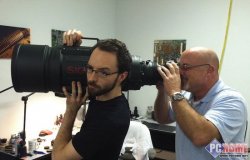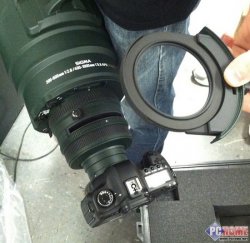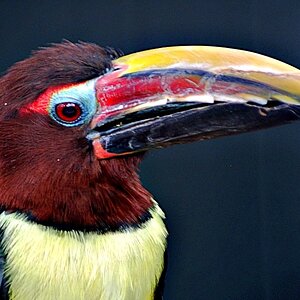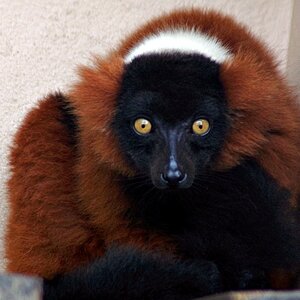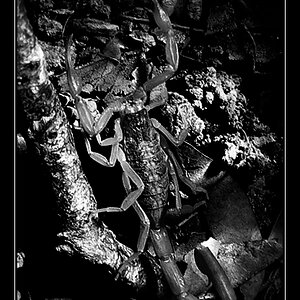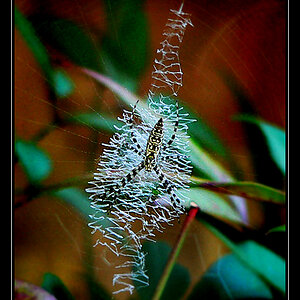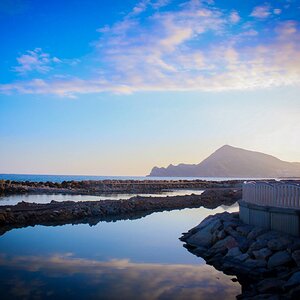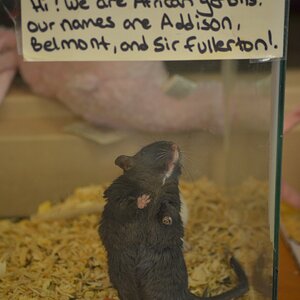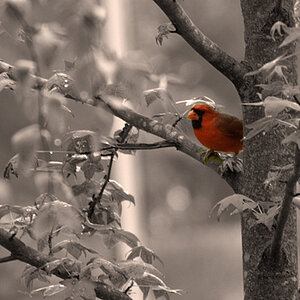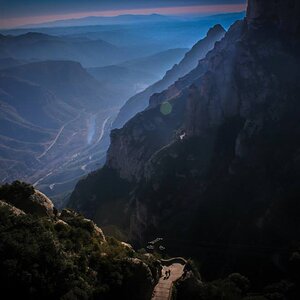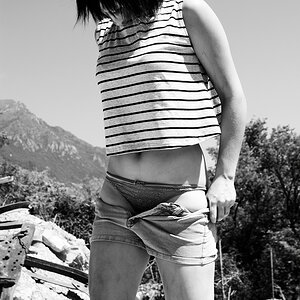DTB58
TPF Noob!
- Joined
- May 20, 2013
- Messages
- 69
- Reaction score
- 1
- Location
- Central Alberta
- Can others edit my Photos
- Photos NOT OK to edit
I have a number of questions about this general topic area, if I may.
I thought I would start out by relating a personal experience so you can get an idea what I am asking. A couple of weeks ago; I was working in a remote area of northern Canada, and one of the guys at a house where I was renting a room came running in to call me. It was just about dark; and there were over two dozen white-tailed deer that had swarmed onto our property for some reason. The guy that called me was right - I would have been interested in photographing some of them, but I have no idea how to take pictures like this of wild life at night. What kind of camera or set up does one need to do this. I am pretty good at getting within 100 - 200 feet of most animals that I want to shoot but the night thing is all a mystery to me.
I am looking for any and all ideas. Thanks, in advance, for your help.
I thought I would start out by relating a personal experience so you can get an idea what I am asking. A couple of weeks ago; I was working in a remote area of northern Canada, and one of the guys at a house where I was renting a room came running in to call me. It was just about dark; and there were over two dozen white-tailed deer that had swarmed onto our property for some reason. The guy that called me was right - I would have been interested in photographing some of them, but I have no idea how to take pictures like this of wild life at night. What kind of camera or set up does one need to do this. I am pretty good at getting within 100 - 200 feet of most animals that I want to shoot but the night thing is all a mystery to me.
I am looking for any and all ideas. Thanks, in advance, for your help.


